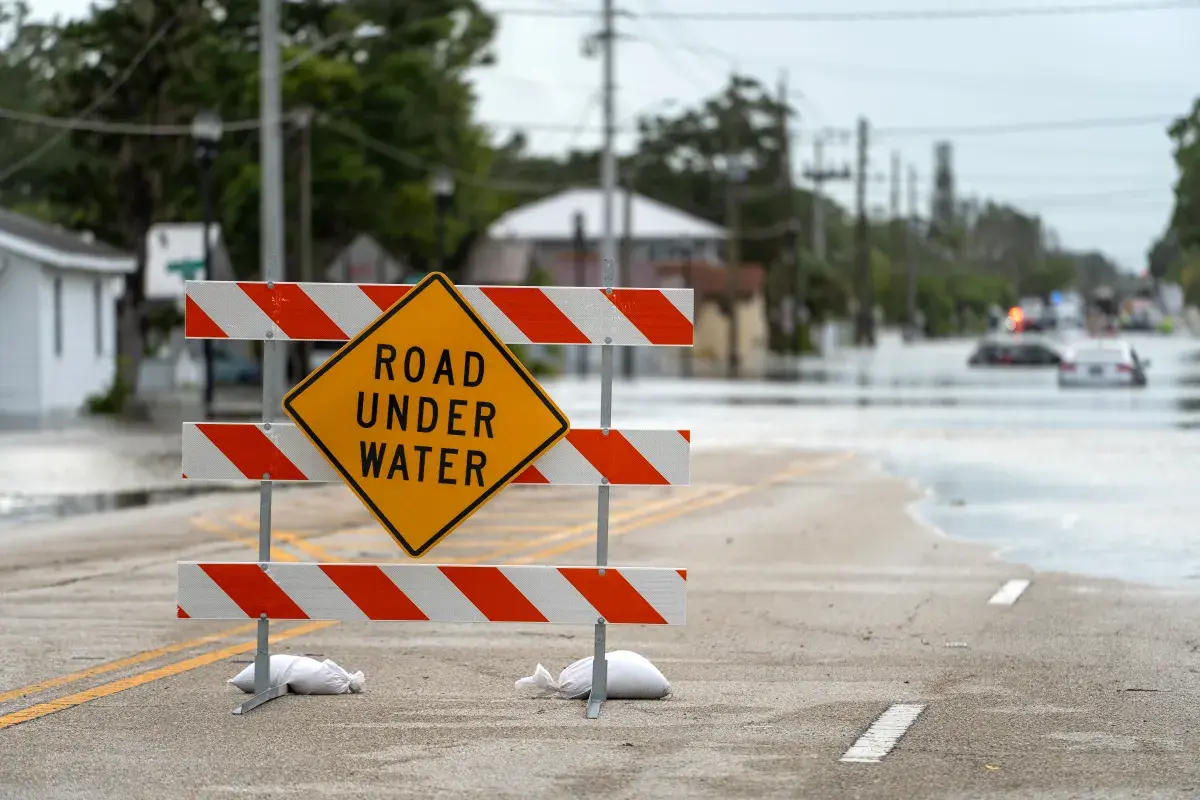
National Weather Service (NWS) meteorologists are warning almost 200,000 people in Delaware not to leave their vehicles in locations prone to tidal flooding on Thursday, as high tides are expected to increase the chance of vehicle damage.
Newsweek has contacted the NWS office in Mount Holly, New Jersey, which issued the advisory, for comment by phone.
Why It Matters
The NWS office in Mount Holly issued the coastal flood advisory for Delaware beaches just after 6 a.m. local time on Thursday. Much of the East Coast has seen numerous ocean-related warnings as Hurricane Imelda churns offshore.
Minor flooding can pose risks to public safety, especially for motorists and residents near vulnerable shorelines. The advisory also serves as a reminder of the ongoing need for preparedness in coastal communities where such flooding events can lead to property and vehicle damage, temporary road closures, and hazards to life.
What To Know
The advisory is in effect for inland Sussex and Delaware beaches until 10 p.m. Thursday. Forecasters expect up to half a foot of tidal inundation above ground level in low-lying locations near shorelines and tidal waterways. Officials anticipate minor flooding of lots, parks and roads, though only isolated road closures are expected.
Additional details released by the NWS indicate that minor coastal flooding is expected during the current high tide cycle, with another round possible in the evening high tide. Water level measurements at the Delaware Bay at Lewes show that tide readings will approach, but not exceed, the minor flood category, with projected maximums remaining below moderate or major flood thresholds.
The coastal flood advisory warns residents not to leave vehicles in areas prone to tidal flooding, as even minor inundation can cause costly damage. Additionally, motorists are strongly cautioned against driving through floodwaters since depth and hazards may not be easily visible, threatening both safety and vehicle integrity.
The advisory outlines practical steps for preparation and response, emphasizing that minor tidal flooding often results in some road closures, typically affecting the most vulnerable and lowest roadways first.
In addition to Delaware, similar coastal flood advisories have been issued in other states—including Maryland, Virginia and North Carolina coastal areas.
Other ocean-related alerts, such as rip current statements and high surf advisories, are also in place along parts of the Eastern Seaboard.
What People Are Saying
NWS Mount Holly wrote in the coastal flood advisory: “Do not leave your vehicle at a location that is prone to tidal flooding. Do not drive your vehicle through floodwaters. The water may be deeper than you think it is. You will be putting yourself in danger and your vehicle may be damaged, leading to costly repairs.”
The National Oceanic and Atmospheric Administration wrote in a webpage about high tide flooding: “As relative sea levels rise, high tide flooding is occurring more frequently, even on sunny days. High tide flooding creates short-term impacts like road closures, overflowing storm drains, and temporary business closures. Over the long term, recurrent high tide flooding causes more severe impacts, like damage to below-ground infrastructure and degraded wetlands.”
What Happens Next
The coastal flood advisory for inland Sussex and Delaware beaches remains active until 10 p.m. Forecasters expect another high tide cycle this evening to cause additional minor coastal flooding. Authorities recommend that residents remain vigilant for updates and avoid at-risk locations, especially during periods of high tide. The NWS continues to monitor water levels and updates advisories as conditions change.



